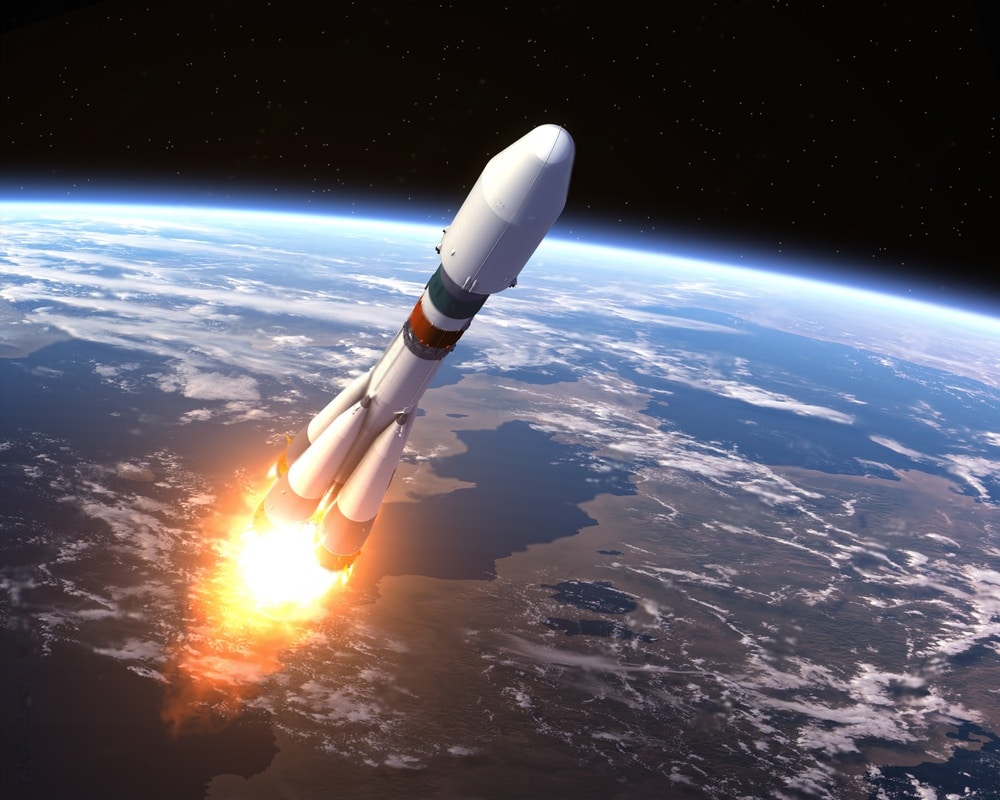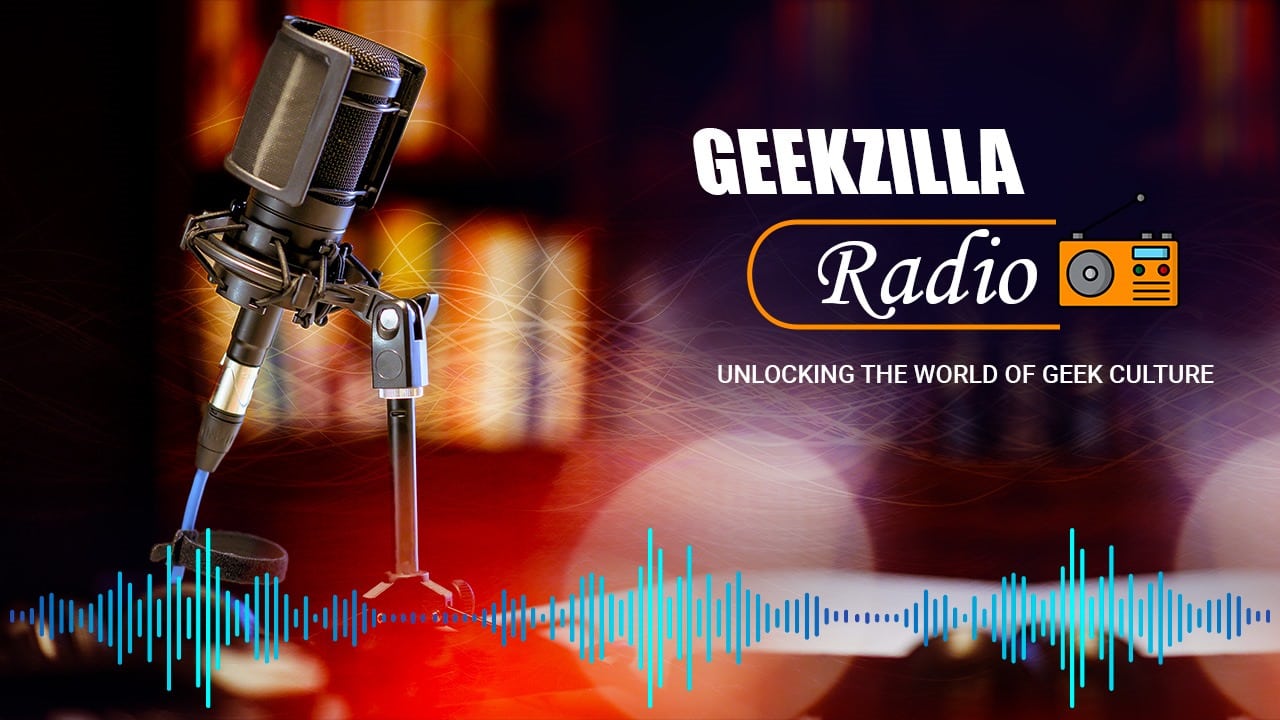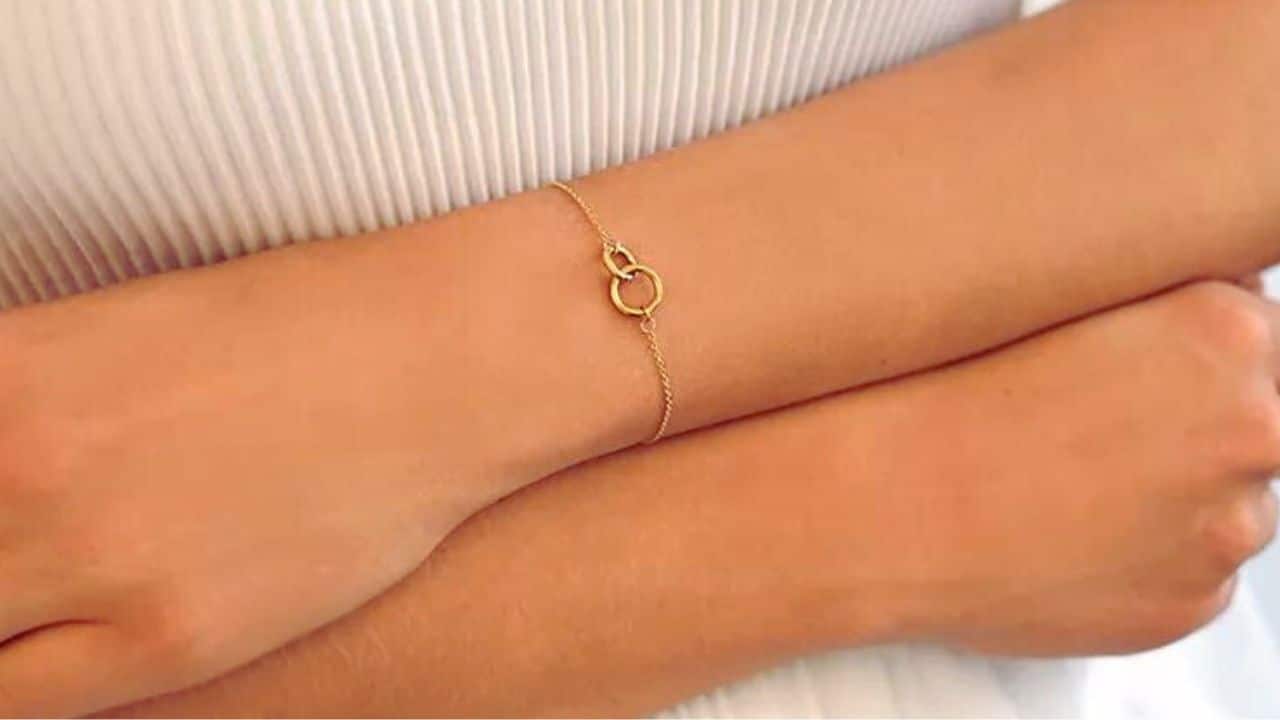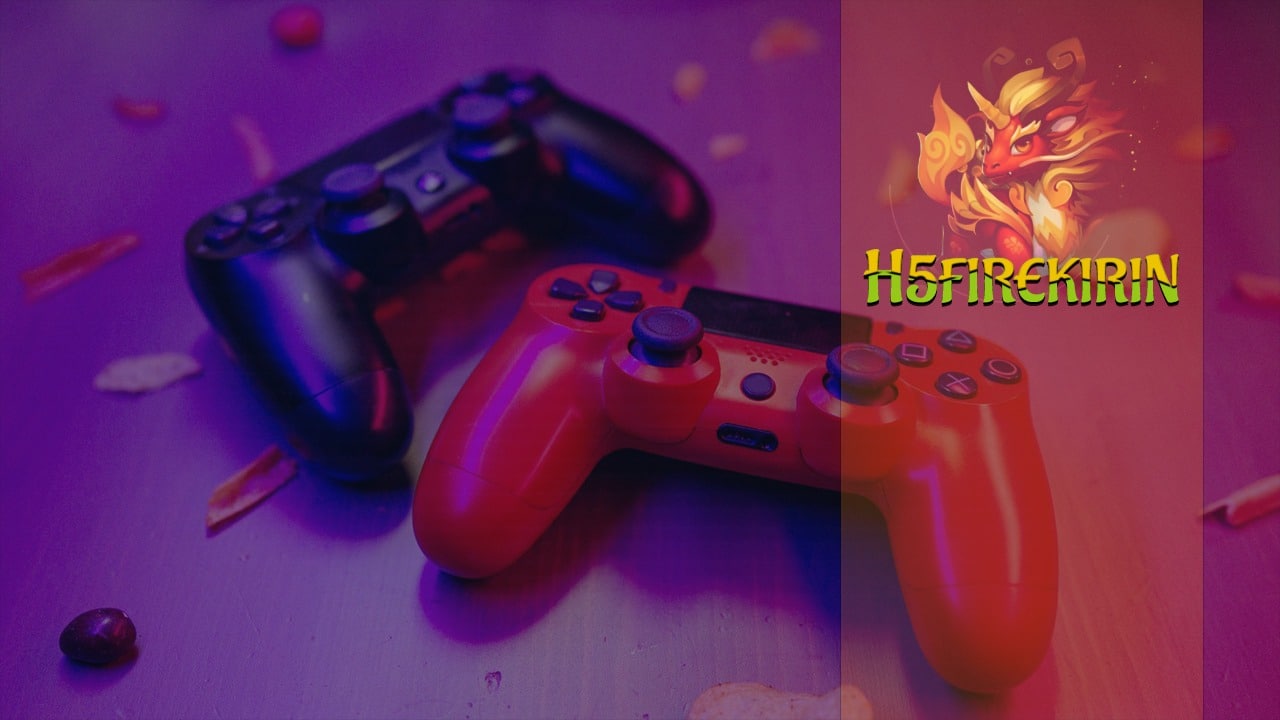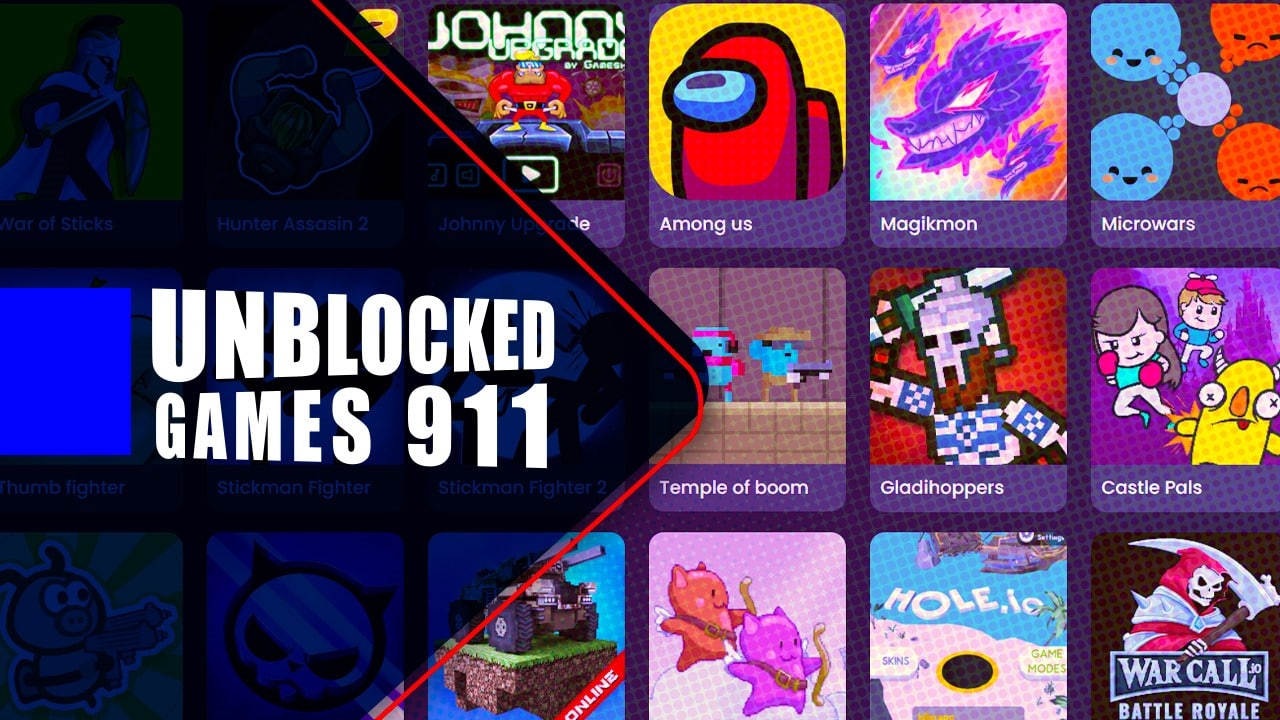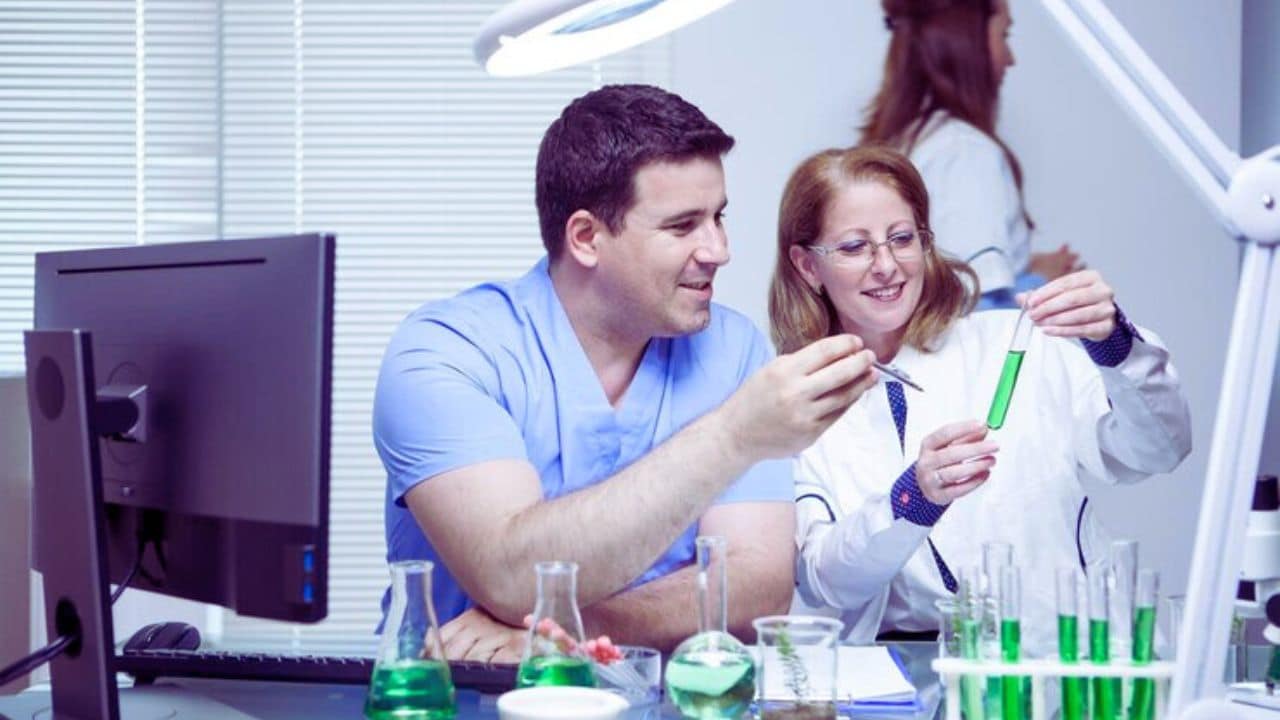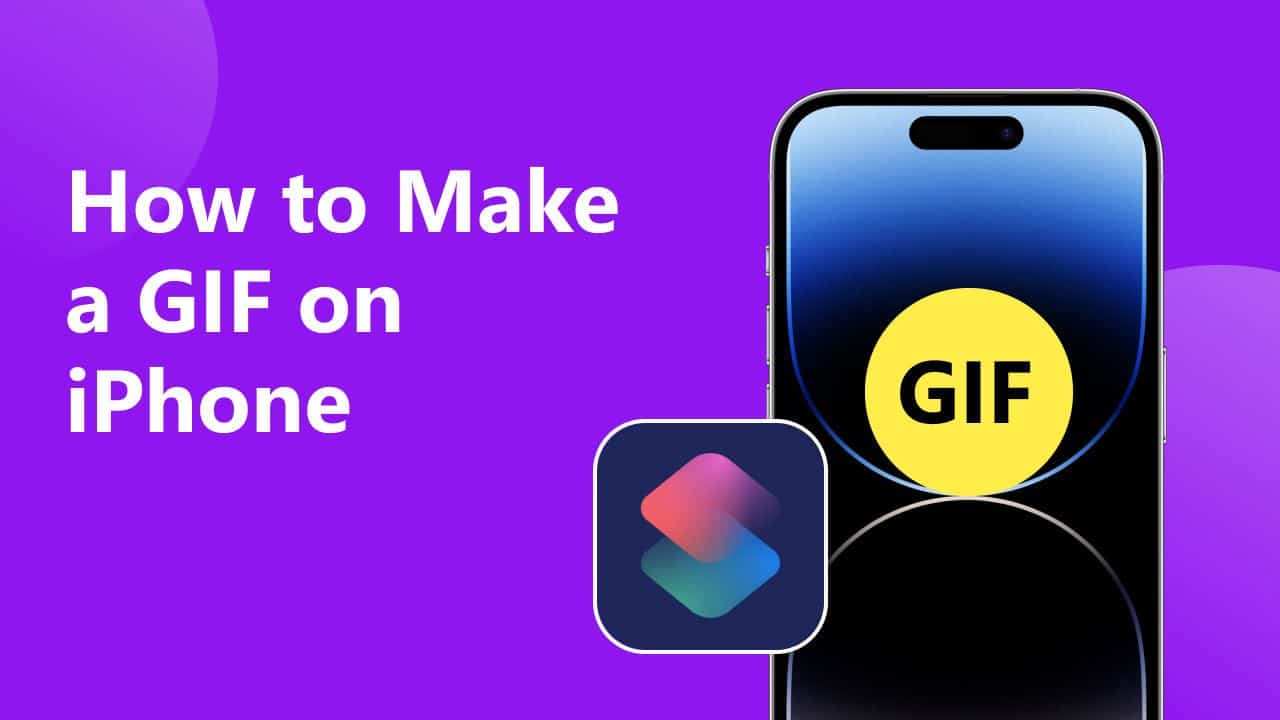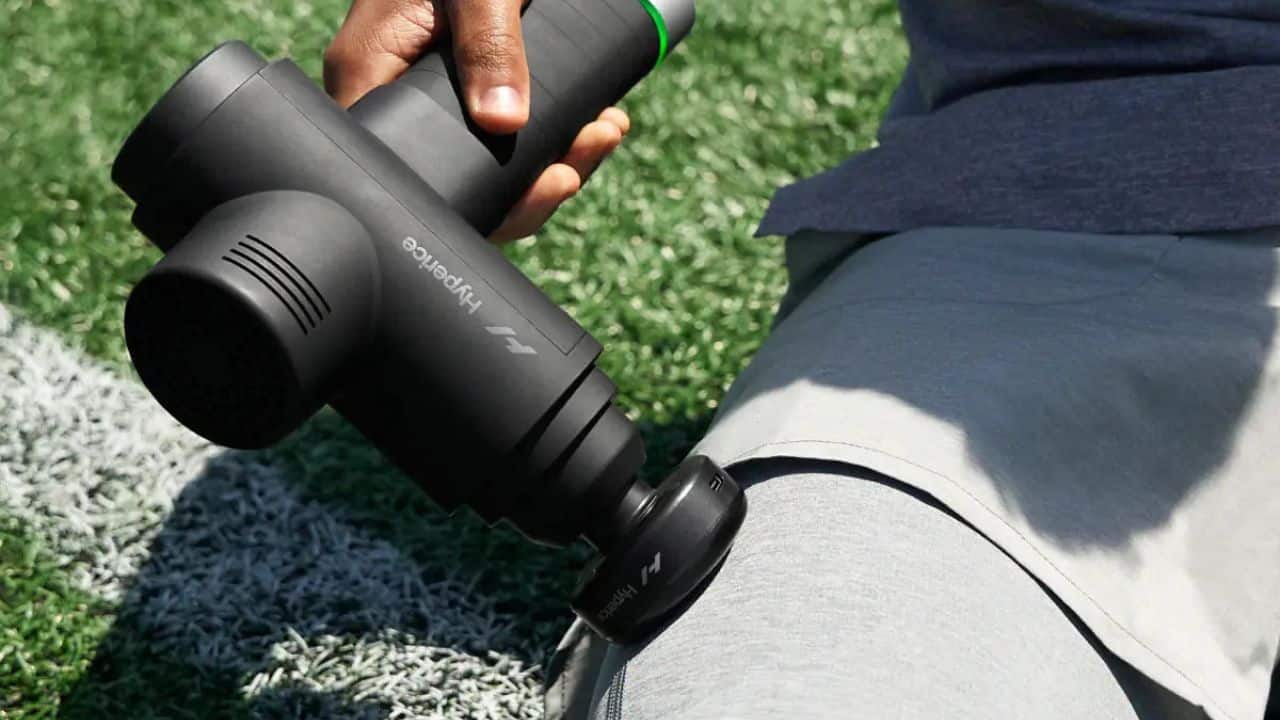In today’s society, technology advances at an alarmingly quick rate. It can often feel as if new technology and breakthroughs are introduced every day that will forever alter our futures. But, amid constant announcements about significant futuristic technology advances and exciting devices, it’s easy to lose sight of the incredible ways the world is evolving.
Some artificial intelligence programs can write poems from scratch and create visuals from nothing more than a verbal stimulus. 3D-printed eyeballs, new holograms, lab-grown food, and brain-reading robots are all on the horizon.
This only touches the surface of what is available; therefore, we’ve compiled a list of the most fascinating future technologies.
Future Technologies that Will Revolutionize Our World
Here, we are discussing 22 future technologies that will revolutionize our world in no time.
Necrobiotics
Sometimes new future technology can bring incredible advancement with the potential to change the future… while also being extremely frightening.
This is one way to define the concept of necrobiotic, which, as the name implies, entails transforming dead objects into robots. While this seems like a terrible horror film scenario, it is a technology being researched at Rice University.
A team of researchers transformed a dead spider into a robot-like gripper capable of picking up other objects. They take a spider and inject it with air to accomplish this. Spiders employ hydraulics to drive their form of blood (hemolymph) into their limbs, causing them to stretch.
This notion is still in its early phases, but it might pave the way for a future in which deceased animals are utilized to research further… it all feels very Einsteinian!
Sand Batteries
Some of the most effective technologies for our future are simple and easy to implement. One of these innovations came from Finnish engineers who discovered a technique to turn sand into a massive battery.
100 tons of sand were loaded into a 4 x 7-meter steel container by these engineers. This sand was then heated with wind and solar energy. A local energy company can subsequently transfer this heat to warm buildings in the surrounding area. Energy can be stored in this manner for extended periods.
All of this is accomplished through a process known as resistive heating. This is the process by which a substance is heated due to the friction of electrical currents. The electricity traveling through sand and other non-super conductors generates heat that can be used for energy.
E-Skin Could Allow Us to Embrace Distant Friends
While modern technology allows us to interact verbally and visually practically anywhere globally, there is currently no dependable way to share the sense of touch over vast distances. Engineers at the City University of Hong Kong have invented a wireless soft e-skin that could one day make giving and receiving hugs over the internet a reality.
The e-skin is embedded with flexible actuators that detect and transform the wearer’s movements into electrical impulses. These signals are then transmitted over Bluetooth to another e-skin system, where the actuators turn them into mechanical vibrations that imitate the initial movements. According to the researchers, the technique might allow friends and family to ‘feel’ each other over extended distances.
Smelly VR
City University of Hong Kong (CityU) researchers recently developed a “novel, wireless, skin-interfaced olfactory feedback system.” In other words, virtual reality attachments that allow you to smell things.
The scents are produced by the machines heating and melting odorous wax, which emits varying quantities of stench. This technology comes in two varieties. One is a facemask-like design with hundreds of various smell combinations mounted on your top lip for easy access to your nose.
According to the university, their innovative technology has many uses, including online teaching and 4D movie viewing. That’s correct; in the future, you’ll be able to smell your favorite movies and watch them in VR. That is immersion!
Catapulting Satellites into Space
Who would have imagined that an improvised catapult would be the ideal means of launching satellites into space? It is far more intelligent than a catapult, but the technology is comparable.
A prototype technology called SpinLaunch is used to launch satellites or other payloads into orbit. Instead of employing the conventional method of using chemical fuel found in conventional rockets, it achieves this by using kinetic energy. With this method, payloads could be spun at 8,000 km/h and 10,000 G before launching into space using a big launch tube.
Payloads will still need to be launched into orbit using small rocket engines, but SpinLaunch claims this technology will save fuel and infrastructure by an impressive 70%.
The business and NASA have a contract, and the system is being tested.
Xenotransplantation
Inserting a pig’s heart into a person seems like a poor idea, yet it’s one of the most recent medical treatments making tremendous development.
The practice of transplanting, installing, or infusing human cells, tissues, or organs from an animal source, known as xenotransplantation, can revolutionize surgery.
The insertion of a pig’s heart into a person is one of the most common surgeries undertaken thus far. This has now occurred twice. However, one of the patients died after only a few months of life, while the other is still being monitored.
The heart cannot be immediately implanted into a patient during these surgeries; gene editing must occur first. Specific genes in the heart must be deleted, and human genes must be introduced, primarily concerning immunological acceptance and genes that limit excessive heart tissue growth.
These surgeries are dangerous, and there is no guarantee of success. However, shortly, xenotransplants may become commonplace, supplying hearts or tissues from animals to humans in need.
AI Image-Generation
As artificial intelligence continues executing occupations as effectively as humans, a new industry has emerged: art. Researchers at the startup OpenAI have developed software that can generate graphics with only written suggestions.
Enter a dog wearing a cowboy hat singing in the rain’, and you’ll get many unique images that meet the bill. You can even specify the style of art that will be returned in response to your request. However, the technology isn’t perfect and still has flaws, such as when we provided it poor design prompts for cartoon characters.
Dall-E technology is currently in its second version, and the team behind it intends to continue refining it. In the future, we may see this technology utilized to produce art exhibitions, for businesses to receive quick, original images, or, of course, to revolutionize how memes are created online.
Related Read: AI-Generated News Channel
Midjourney is another piece of technology that makes gothic wonders with a simple word prompt. We certainly are living in the future.
Brain Reading Robots
Brain reading technology is no longer a science fiction theme, and its use has advanced dramatically in recent years. Researchers at the Swiss Federal Institute of Technology Lausanne (EPFL) have tested one of the most exciting and practical applications we’ve seen thus far.
These researchers have created a way for tetraplegic patients (those who can’t move their upper or lower body) to interact with the world using a machine-learning algorithm, a robot arm, and a brain-computer interface.
During testing, the robot arm would do simple tasks like maneuvering around an obstruction. The system would then use an EEG cap to analyze brain signals and automatically detect when the arm had made a wrong action, such as moving too close to the obstacle or traveling too fast.
The system can then adjust to the individual’s tastes and brain signals over time. In the future, this could lead to brain-controlled wheelchairs or assistive equipment for tetraplegic patients.
3D Printed Bones
3D printing is an industry that promises everything from inexpensive house building to affordable, robust armor, but one of the most intriguing applications of the technology is the construction of 3D-printed bones.
Ossiform specializes in medical 3D printing, making patient-specific replacements of various bones out of tricalcium phosphate, a substance with characteristics similar to human bones.
It’s really simple to use these 3D-printed bones. An MRI can be performed in a hospital and then uploaded to Ossiform, creating a 3D model of the required patient-specific implant. The surgeon approves the design, and it can be used in surgery once produced.
Tricalcium phosphate allows the body to remodel the implants into vascularised bone, making these 3D-printed bones unique. That is, they will allow for the full restoration of function that the bone being replaced had. To promote the best possible integration, the implants have a porous structure with big pores and channels for cells to connect to and reconstruct bone.
3D-printed Food that Takes the Cake
What are you having for supper tonight? It could soon be a 3D-printed, laser-cooked cake. Columbia University School of Engineering researchers have developed a system to build a seven-ingredient cheesecake out of food inks and then cook it to perfection with a laser.
They used bananas, jam, peanut butter, and Nutella to make their invention. Tasty. One day, the technology might generate personalized meals for everyone, from professional athletes to individuals with dietary disorders, or it could just be handy for those who are short on time.
Natural Language Processing
Natural language processing is the hottest new internet trend. While you’ve probably seen it in Google’s, autocomplete software, or when your smartphone predicts what you’re trying to enter, it’s capable of much more.
OpenAI is a firm at the cutting edge of artificial intelligence that first took the internet by storm with its picture generator Dall-E 2. Now it’s back, developing a chatbot called ChatGPT that can create poems from the start, explain complex theories with ease, and hold full-length conversations like a human.
ChatGPT is driven by GPT-3 software, which was trained on billions of text examples before being taught how to generate cohesive and logical phrases.
ChatGPT is an example of artificial intelligence and its potential. It has demonstrated its capacity to create entirely new websites from scratch, write entire books, and even make jokes… but it hasn’t mastered humor yet.
Boom-Free Supersonic Flight
Later this year, NASA’s ‘quiet’ supersonic aircraft, the X-59, will fly for the first time at the Armstrong Flight Research Center. The plane is now being put together in a hangar at Lockheed Martin’s Skunk Works facility in Palmdale, California.
To prevent a powerful sonic boom from upsetting people on the ground below when it breaks the sound barrier, the plane’s fuselage, wings, and tail have been precisely built to manage the airflow around it as it flies. If the first test proceeds as planned, the space agency hopes to conduct several test flights over populated regions in 2024 to determine how the general population will react to planes.
Digital “Twins” that Track Your Health
Humans can stroll into the medbay in Star Trek, where many of our concepts for future technology began, and have their complete body digitally examined for symptoms of illness and injuries. According to the creators of Q Bio, doing so would enhance health outcomes while reducing the burden on doctors.
The US startup has developed a scanner that can evaluate hundreds of biomarkers in just an hour, ranging from hormone levels to fat buildup in the liver to markers of inflammation or any number of cancers. It plans to use this information to create a 3D digital avatar of a patient’s body, known as a digital twin, that can be followed throughout time and updated with each new scan.
Q Bio CEO Jeff Kaditz expects it will usher in a new preventative, personalized medicine era. The massive volumes of data collected not only assist doctors in prioritizing which patients need to be seen most immediately but also in developing more sophisticated methods of diagnosing illness.
Direct Air Capture
Trees, through photosynthesis, have remained one of the most effective ways to lower CO2 levels in the atmosphere. However, new technology could accomplish the same function as trees, absorbing more carbon dioxide while taking up less area.
Direct Air Capture (DAC) is the name given to this technology. It entails extracting carbon dioxide from the atmosphere and either storing it in deep geological caverns beneath the ground or combining it with hydrogen to make synthetic fuels.
While this technology has immense potential, it is currently fraught with problems. Direct air capture facilities are presently operational, although the existing types demand significant energy. If energy levels can be reduced, DAC could be one of the most important technical achievements for the environment’s future.
Green Funerals
Sustainable living is becoming more critical as people face the realities of climate catastrophe, but what about eco-friendly dying? Death is a carbon-intensive process that leaves one last trace of our ecological footprint. According to reports, the average cremation emits 400kg of carbon dioxide into the atmosphere. So, what is a more environmentally friendly option?
You may be composting instead in Washington State, USA. Bodies are placed in chambers filled with bark, soil, straw, and other natural decomposers. Your body is reduced to soil in 30 days and can be restored to a garden or woodland. The company behind the procedure, Recompose, claims it consumes one-eighth of the carbon dioxide produced by cremation.
Fungi are used in an alternative technology. The late actor, Luke Perry, was buried in a bespoke “mushroom suit” designed by a start-up named Coeio in 2019. The company claims that its suit, built with mushrooms and other microbes, aids decomposition and neutralizes poisons released when a person decays.
Most alternative methods of disposing of human bodies after death are not based on new technology; they await societal acceptability. Another example is alkaline hydrolysis, which entails breaking down the body into its chemical components in a pressured chamber over a six-hour period. It is permitted in several US jurisdictions and produces fewer emissions than traditional ways.
Energy Storing Bricks
Scientists have discovered a technique to store energy in the red bricks used to construct buildings.
Researchers led by Washington University in St Louis, Missouri, US, have found a way to transform inexpensive and readily available building materials into “smart bricks” that can store energy like a battery.
Although the research is still in its early stages, the researchers believe that walls composed of these bricks “could store a significant amount of energy” and can “be recharged hundreds of thousands of times within an hour.”
The scientists devised a method for converting red bricks into an energy storage device known as a supercapacitor.
This entailed applying a conducting coating called Pedot on brick samples, which seeped through the burnt bricks’ porous structure, converting them into “energy-storing electrodes.”
The red pigment in the bricks, iron oxide, aided the process, according to the researchers.
You May Find Interest: Blockchain Technology
Self-Healing ‘living concrete
Using sand, gel, and bacteria, scientists created alive concrete.
According to the researchers, this building material has structural load-bearing capabilities, is self-healing, and is more environmentally friendly than concrete, the second most consumed resource on Earth after water.
The University of Colorado Boulder team believes their research paves the path for future building structures that can “heal their cracks, suck up dangerous toxins from the air, or even glow on command.”
Fuel from Thin Air
Chemical engineers at Switzerland’s École Polytechnique Fédérale de Lausanne have developed a prototype system to generate hydrogen fuel from water in the air.
The gadget, inspired by leaves, is constructed of semiconducting materials that gather sunlight energy and use it to make hydrogen gas from water molecules in the atmosphere. The gas might subsequently be converted to liquid fuels if desired.
Internet for Everyone
We can’t seem to live without it (how else would you read sciencefocus.com? ), but only around half of the world’s population is online. There are numerous reasons for this, including economic and societal factors, but for some, the internet is just inaccessible due to a lack of connectivity.
Google is gradually attempting to fix the problem by using helium balloons to beam internet to inaccessible locations. At the same time, Facebook has abandoned ambitions to do the same using drones, allowing startups like Hiber to steal a march. They’ve taken a different route, launching their network of shoebox-sized microsatellites into low Earth orbit, which wakes up a modem connected to your computer or gadget as it flies by and transfers your data.
Their satellites orbit the Earth 16 times per day. They are already utilized by organizations such as The British Antarctic Survey to deliver an internet connection to the most remote parts of our world.
3D-Printed Eye Tissue
Researchers at the National Eye Institute in the United States used stem cells and 3D bioprinting to create retinal tissue. The new technology may aid scientists in better understanding – and developing treatments for – diseases and ailments that impact people’s eyesight, such as age-related macular degeneration (AMD).
The researchers produced tissue found in the outer blood-retina barrier, where AMD is thought to begin, by printing stem cells from patients onto a gel and allowing them to develop for several weeks. They are currently studying the course of AMD using the tissue and experimenting with introducing more cell types to simulate more of the human eye.
Car Batteries that Charge in 10 Minutes
Fast-charging electric vehicles are considered critical to their adoption, with motorists able to stop at a service station and fully charge their car in the time it takes to buy a coffee and use the restroom – taking no longer than a traditional break.
However, researchers at Penn State University in the United States claim that quick charging of lithium-ion batteries can harm the batteries. This is because the flow of lithium particles, known as ions, from one electrode to another to charge the unit and hold the energy ready for usage does not occur smoothly at lower temperatures when charging quickly.
They have recently discovered that if the batteries could be heated to 60°C for only 10 minutes and then swiftly cooled to ambient temperatures, lithium spikes would not form, and heat damage would be avoided.
They created a self-heating battery design by utilizing a thin nickel foil to build an electrical circuit that heats in less than 30 seconds to warm the inside of the battery. The cooling system inside the car would provide the quick cooling required when charging the battery.
Their research, published in Joule, demonstrated that they could fully charge an electric vehicle in 10 minutes.
Artificial Neurons on Silicon Chips
Scientists have discovered a way to link artificial neurons to silicon chips, replicating and copying the neurons in our nervous system.
“Until now, neurons have been like black boxes, but we have managed to open the black box and peer inside,” said research leader Professor Alain Nogaret of the University of Bath.
“Our research is paradigm-shifting because it provides a reliable method for reproducing the electrical properties of real neurons in minute detail.”However, it is wider than that because our neurons require only 140 nanowatts of electricity. This is one billionth the power required by a microprocessor, which has been employed in previous attempts to create synthetic neurons.
Because it requires so little power, researchers hope their work will be employed in medical implants to treat heart failure and Alzheimer’s.
Future Technologies: Final Words
Future technologies promise a dynamic and transformative journey for humanity. They are set to redefine how we live, work, and interact, shaping a new era in human civilization. The widespread use of artificial intelligence, robotics, quantum computing, and biotechnology could increase our efficiency, solve complex problems, and offer unprecedented opportunities for innovation and growth.
However, as these technologies advance, it is crucial to ensure they are used ethically and responsibly. The benefits should be harnessed to reduce global inequality, not widen it. Environmental considerations should also be at the forefront of technological advancement, aiding in the fight against climate change and ensuring the sustainability of our planet. Privacy, security, and job displacement need continuous attention and thoughtful solutions.


